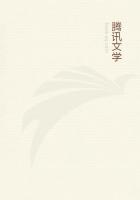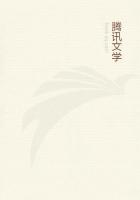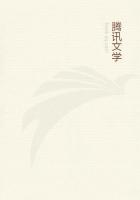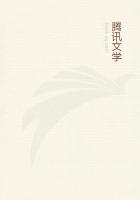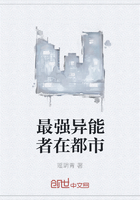Uzanne proposes a binding of the skin of the boa constrictor;undoubtedly appropriate and "admonishing." The leathers of China and Japan, with their strange tints and gilded devices may be used for books of fantasy, like "Gaspard de la Nuit," or the "Opium Eater," or Poe's poems, or the verses of Gerard de Nerval. Here, in short, is an almost unexplored field for the taste of the bibliophile, who, with some expenditure of time, and not much of money, may make half-binding an art, and give modern books a peculiar and appropriate raiment.
M. Ambrose Firmin Didot has left some notes on a more serious topic,--the colours to be chosen when books are full-bound in morocco. Thus he would have the "Iliad" clothed in red, the "Odyssey" in blue, because the old Greek rhapsodists wore a scarlet cloak when they recited the Wrath of Achilles, a blue one when they chanted of the Return of Odysseus. The writings of the great dignitaries of the Church, M. Didot would array in violet; scarlet goes well with the productions of cardinals; philosophers have their sober suit of black morocco, poets like Panard may be dressed in rose colour. A collector of this sort would like, were it possible, to attire Goldsmith's poems in a "coat of Tyrian bloom, satin grain." As an antithesis to these extravagant fancies, we may add that for ordinary books no binding is cheaper, neater, and more durable, than a coat of buckram.
The conditions of a well bound book may be tersely enumerated. The binding should unite solidity and elegance. The book should open easily, and remain open at any page you please. It should never be necessary, in reading, to squeeze back the covers; and no book, however expensively bound, has been properly treated, if it does not open with ease. It is a mistake to send recently printed books to the binder, especially books which contain engravings. The printing ink dries slowly, and, in the process called "beating," the text is often transferred to the opposite page. M. Rouveyre recommends that one or two years should pass before the binding of a newly printed book. The owner will, of course, implore the binder to, spare the margins; and, almost equally of course, the binder, durus arator, will cut them down with his abominable plough. One is almost tempted to say that margins should always be left untouched, for if once the binder begins to clip he is unable to resist the seductive joy, and cuts the paper to the quick, even into the printed matter.
Mr. Blades tells a very sad story of a nobleman who handed over some Caxtons to a provincial binder, and received them back MINUS 500pounds worth of margin. Margins make a book worth perhaps 400pounds, while their absence reduces the same volume to the box marked "all these at fourpence." Intonsis capillis, with locks unshorn, as Motteley the old dealer used to say, an Elzevir in its paper wrapper may be worth more than the same tome in morocco, stamped with Longepierre's fleece of gold. But these things are indifferent to bookbinders, new and old. There lies on the table, as I write, "Les Provinciales, ou Les Lettres Ecrites par Louis de Montalte a un Provincial de ses amis, & aux R.R. P.P. Jesuites. ACologne, Ches PIERRE de la VALLEE, M.DC.LVIII." It is the Elzevir edition, or what passes for such; but the binder has cut down the margin so that the words "Les Provinciales" almost touch the top of the page. Often the wretch--he lived, judging by his style, in Derome's time, before the Revolution--has sliced into the head-titles of the pages. Thus the book, with its old red morocco cover and gilded flowers on the back, is no proper companion for "Les Pensees de M. PASCAL (Wolfganck, 1672)," which some sober Dutchman has left with a fair allowance of margin, an inch "taller" in its vellum coat than its neighbour in morocco. Here once more, is "LESFASCHEUX, Comedie de I. B. P. MOLIERE, Representee sur Le Theatre du Palais Royal. A Paris, Chez GABRIEL QUINET, au Palais, dans la Galerie des Prisonniers, a l'Ange Gabriel, M.DCLXIII. Avec privilege du Roy." What a crowd of pleasant memories the bibliophile, and he only, finds in these dry words of the title.
Quinet, the bookseller, lived "au Palais," in that pretty old arcade where Corneille cast the scene of his comedy, "La Galerie du Palais." In the Geneva edition of Corneille, 1774, you can see Gravelot's engraving of the place; it is a print full of exquisite charm (engraved by Le Mure in 1762). Here is the long arcade, in shape exactly like the galleries of the Bodleian Library at Oxford.

